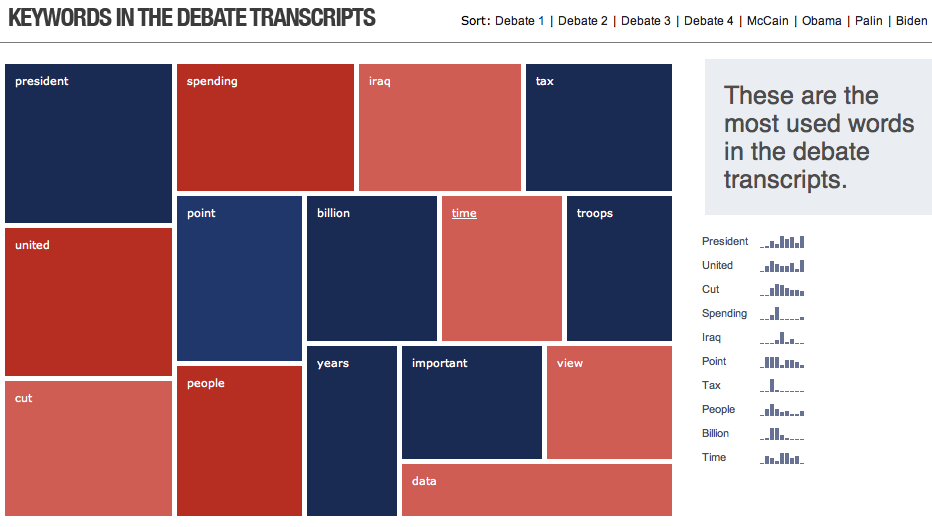I recently heard (well, read on a listserv) from a couple of folks I know that were looking for an alternative to Delicious. Â These people have a lot invested in their bookmarks but are finding it difficult to re-find them for various reasons and have therefore decided to move on.
I too have been having that problem as of late. Â Perhaps I am not careful enough to put every tag in that I should for every entry, perhaps I am not consistent enough in my tagging and so forth. Â While I could blame myself, it seems there are a couple of things that could be done to help me out, for instance, if I bookmark something, perhaps allow me to search not only the tags I have entered but also the top tags as many people do a better job of tagging than one. Â That’s the power of the crowd, no?
I know, I know, Delicious gives me the opportunity to use the top tags when bookmarking. Â Unfortunately, the main way that Delicious has been failing me is not recognizing when I am linking to something that already exists because the URL is slightly different therefore not giving me the opportunity to use those tags.
I spend a lot of time reading articles in the times, some of them directly from the site, some of them via RSS and many of them via email (from various news alerts that I have setup). Â Each of these methods, visiting the same story on the times site yields a slightly different URL ending:
?partner=rss&emc=rss
?sudsredirect=true
?emc=eta1
?hpw
?th&emc=th
Here is the main URL for an article which is the base but could contain any of the above at the end:
http://www.nytimes.com/2010/01/04/business/media/04click.html
It seems that I generally come upon NY Times articles in a different way than most other Delicious users as they never seem to be previously bookmarked. Â Strange.. Â
Doing a tag search on Delicious for something obvious in the arlticle: “nytimes” and “seeclickfix” illustrates the problem:
Since mine will be the 12th version, I won’t have the benefit of having any tag suggestions from previous bookmarkers. This makes me sad and it probably means that I’ll never find the article again.


